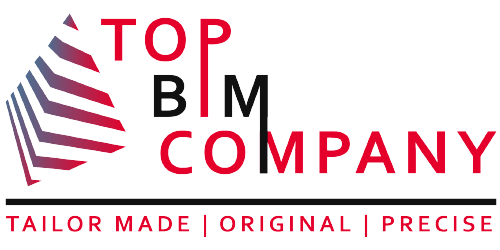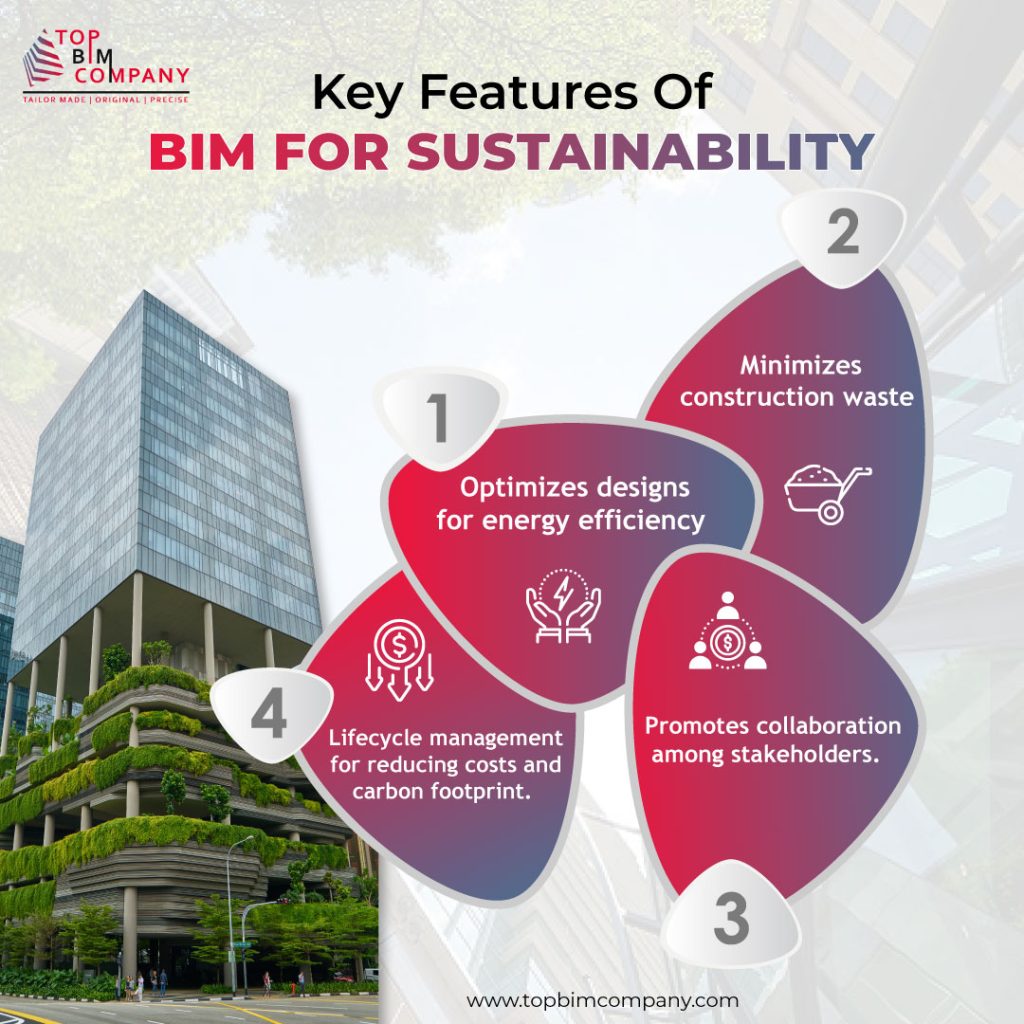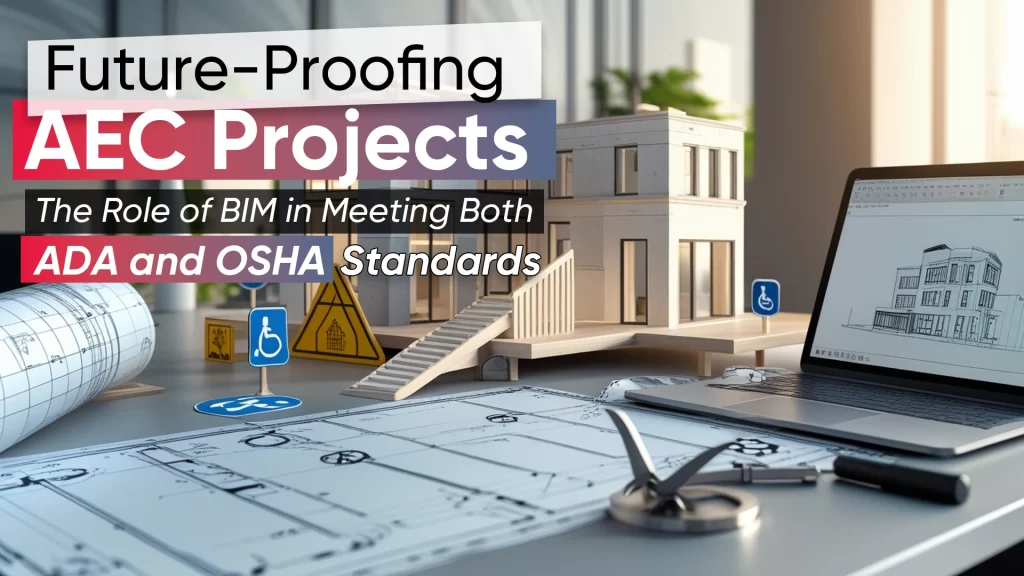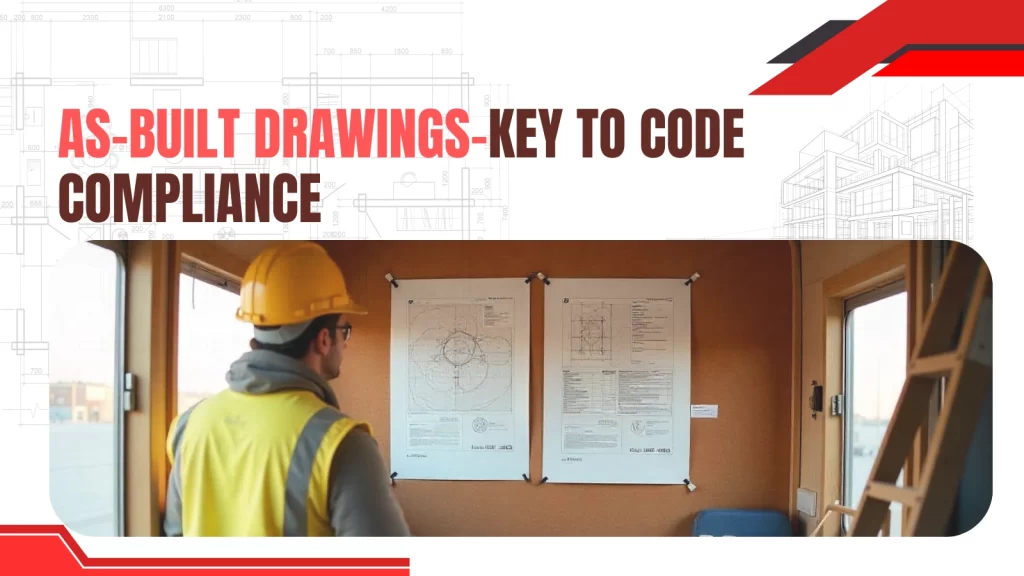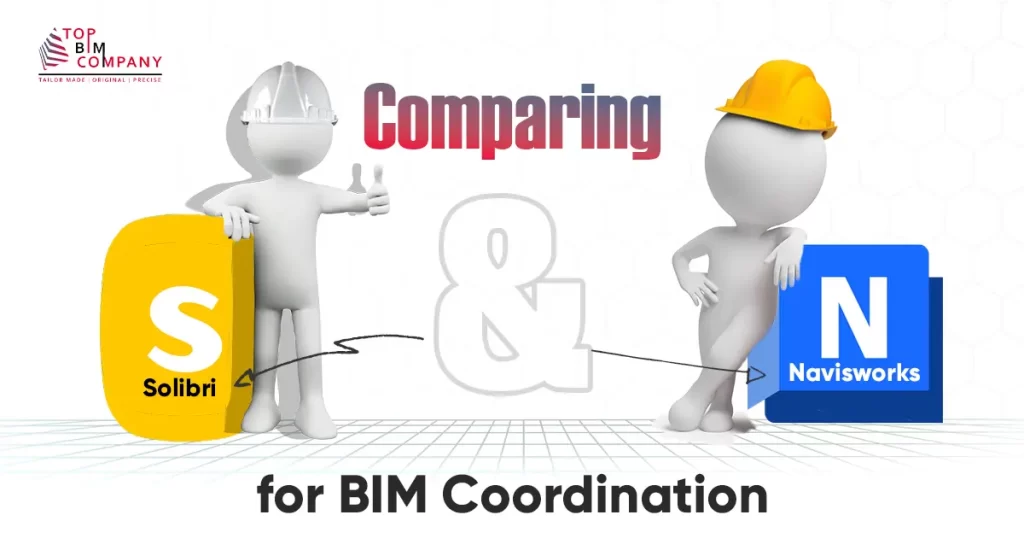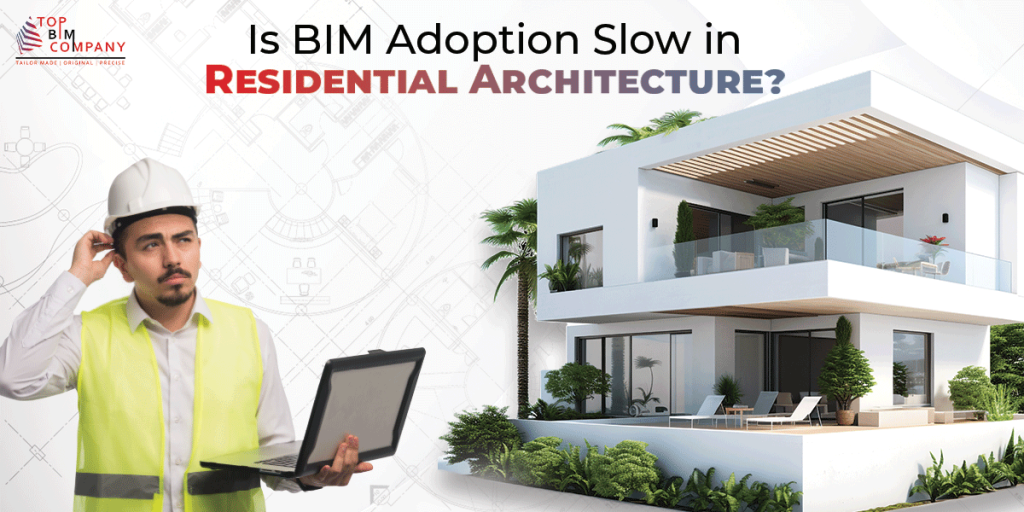We’re diving deep into the world of BIM (Building Information Modeling) and how it’s becoming the ultimate tool for building green and saving green.
Table of Contents
ToggleOverview of the Fundamentals of BIM and Sustainable Development:
First things first: BIM isn’t just fancy 3D models. It’s a whole information ecosystem that packs details about every component of a building, from materials and systems to energy consumption and environmental impact. Think of it as the brain of your building project, connecting all the dots and helping you make informed decisions at every step of the way.
Now, why is sustainability such a big deal? Well, buildings are major energy hogs and contribute significantly to environmental damage. It’s time to build smarter, folks! BIM helps us analyze energy use, optimize designs, and choose sustainable materials, all before we even break ground.
Role of BIM in Energy Efficiency
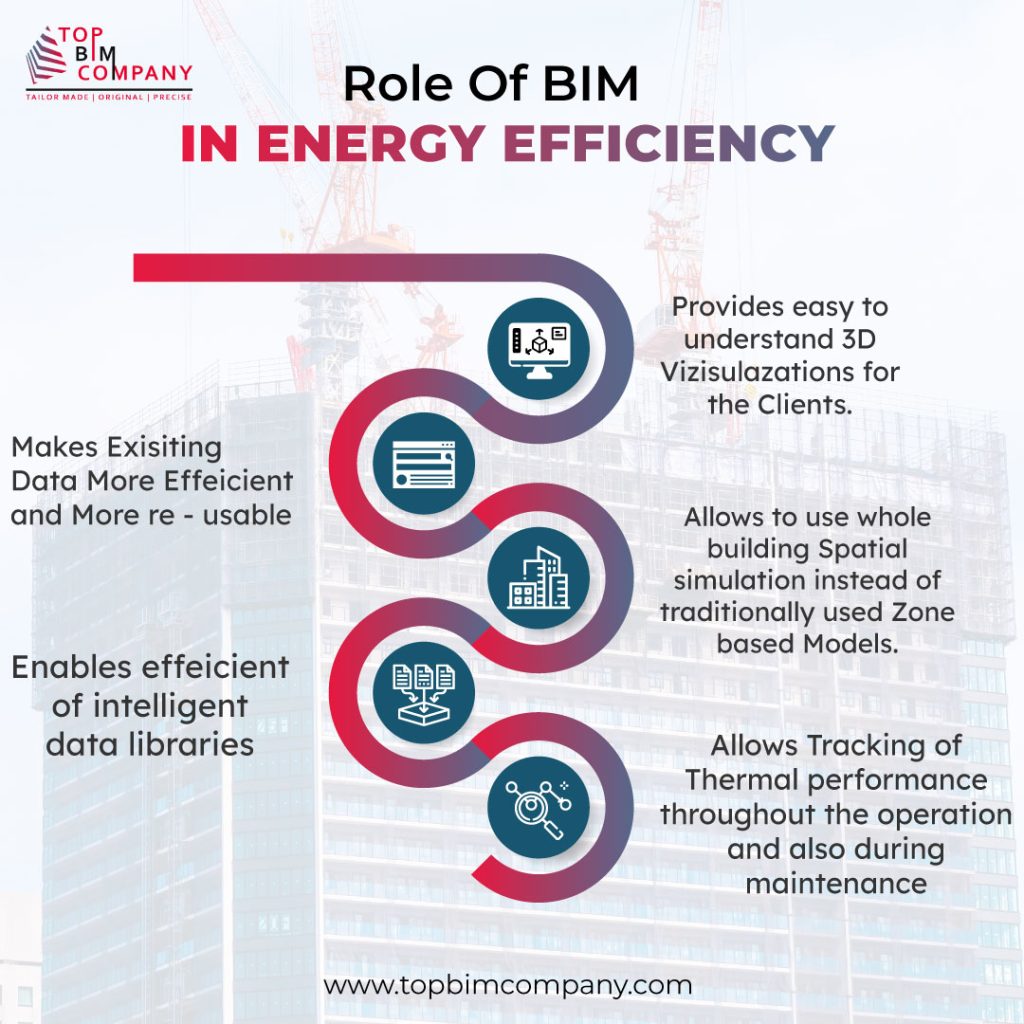
- Predicting energy consumption: BIM allows us to create virtual models of buildings and simulate their energy performance under different environmental conditions. This helps us identify areas where energy is being wasted and make informed decisions about design and construction to improve efficiency.
- Optimizing design: BIM can be used to analyze different design options and compare their energy performance. This enables us to select the most energy-efficient design for our project.
- Identifying energy leaks: BIM can be used to identify potential energy leaks in a building, such as poorly insulated walls or inefficient HVAC systems. This allows us to address these issues early in the design process before they become costly problems.
Start building a sustainable future today. Get free BIM consultation for your project.
Integration of Energy Analysis in BIM
BIM software can be integrated with energy analysis software, creating a seamless workflow for analyzing energy performance. This allows us to easily transfer data between the two programs, saving time and effort.
Tools and Software for BIM-Based Energy Modeling:
There are a number of tools and software available for BIM-based energy modeling.
Navigating the Energy Modeling Landscape: Tools and Technology for Sustainable Design
In today’s climate-conscious world, designing energy-efficient buildings is no longer an option, it’s a necessity. Fortunately, architects and engineers have access to a diverse range of energy modeling tools and technologies that can empower them to create sustainable and high-performance buildings.
- OMRT: This software offers parametric algorithms designed to work seamlessly together and connect directly to your 3D model. This allows for efficient analysis and optimization of your design for optimal energy performance.
- Spacewell Energy (DEXMA): Embrace cloud-based energy management solutions with this software. DEXMA provides real-time data analysis, actionable insights, and optimization strategies, helping you make data-driven decisions for your building’s energy consumption.
- Cove.tool: This web-based software is a one-stop shop for building design and construction professionals. It facilitates load analysis, drawing, load modeling, and data connection, streamlining your workflow and simplifying complex calculations.
- INSIGHT 360 & CLIMATESTUDIO: For daylighting and glare enthusiasts, these tools are invaluable. They analyze how light interacts with your design, ensuring your building is not only energy-efficient but also comfortable and inviting.
- Insight: This software is a game-changer for Revit users. By integrating advanced simulation engines and building performance data directly within Revit, it empowers architects and engineers to design energy-efficient buildings with ease.
- OLYSIS: This software takes design analysis to the next level. It goes beyond energy performance to analyze comfort and even durability, ensuring your building is not only sustainable but also built to last.
- BUILDSIM: This comprehensive software provides all the tools you need for building performance analysis and energy simulation. It’s a powerful option for engineers and architects seeking a robust solution.
- OASYS MASSMOTION: Optimize pedestrian flow and traffic patterns with this software. By simulating pedestrian movement, you can design spaces that are both functional and enjoyable for everyone.
- ELUMTOOLS: This Revit add-in is a lighting expert’s dream. It provides powerful tools for calculating lighting within your Revit model, ensuring your building is both well-lit and energy-efficient.
Choosing the Right Tool:
With so many options available, selecting the right tool depends on your specific needs and project requirements. Consider factors such as budget, project size and complexity, desired features, and user experience.
Key Features of BIM for Sustainability
Lifecycle Analysis and Environmental Impact Assessment
BIM can be used to track the environmental impact of a building throughout its entire lifespan, from the extraction of raw materials to the end-of-life disposal. This allows us to make informed decisions about materials and construction methods that minimize our environmental footprint.
Case Study
The Empire State Building recently underwent a major renovation project that used BIM to track the environmental impact of the project. The project team was able to identify and implement a number of sustainability measures, such as using recycled materials and reducing energy consumption. As a result, the project achieved LEED Gold certification.
Material Selection and Resource Efficiency:
BIM can be used to compare the environmental impact of different materials and select the most sustainable options for our project. This helps us to reduce our reliance on non-renewable resources and minimize our environmental footprint.
Case Study
The University of California, Irvine used BIM to select sustainable materials for the construction of its new student housing complex. The project team was able to reduce the building’s environmental impact by 20% by using materials such as recycled content concrete and recycled steel.
BIM for Green Building Certifications
BIM can be used to document and track our progress towards achieving green building certifications, such as LEED and BREEAM. This helps us to ensure that our projects meet the requirements of these certifications and qualify for the associated benefits, such as tax breaks and marketing opportunities.
Case Study Spotlight
- The Dubai International Airport used BIM to achieve LEED Gold certification for its new terminal. The project team was able to use BIM to document and track its progress towards LEED certification, which helped to save time and money.
- Remember the iconic Burj Khalifa? BIM played a crucial role in optimizing its energy efficiency and achieving LEED Gold certification. This iconic example showcases the power of BIM in building green and sustainable structures.
Challenges and Solutions
Common Challenges in Implementing BIM for Sustainability:
- Lack of trained professionals
- High software costs
- Data integration issues
- Lack of knowledge and awareness about BIM for sustainability
Strategies to Overcome Challenges:
- Invest in training programs for professionals
- Explore open-source and cloud-based BIM software
- Develop collaborative platforms for sharing data
- Raise awareness about the benefits of BIM for sustainability
- Address the issue of changing regulations and metrics
Cost and Economics:
While the upfront cost of implementing BIM for sustainability may seem high, the long-term benefits outweigh the initial investment. These benefits include:
- Reduced energy bills
- Lower operational costs
- Improved building performance
- Increased marketability
- Faster project delivery
Future Trends in BIM and Sustainability
Emerging Technologies and Innovations:
- AI and machine learning will play an increasingly important role in BIM for sustainability. AI can be used to automate design optimization, predict energy consumption, and identify potential sustainability risks.
- Big data analytics will be used to collect and analyze data from buildings to identify trends and improve sustainability performance.
- The Internet of Things (IoT) will be used to connect buildings to the Internet, allowing us to monitor and control their performance remotely.
The Evolving Role of BIM in Sustainable Design and Construction:
BIM is moving beyond simply being a tool for design and construction. It is becoming a platform for collaboration, communication, and data sharing throughout the entire lifecycle of a building. This will help us to create more sustainable buildings that are better for the environment and the people who use them.
Final Thought
So, are you ready to join the green building revolution? BIM is the key to a future of sustainable construction, and it’s time we embrace its potential to build a greener, brighter tomorrow!
We are a leading provider of BIM Services in the USA. From customized BIM consulting services to BIM Execution Plans (BEP), we can be your one-stop shop for your BIM needs
Further Reading
What Is BIM? Guide To Implementation And Myths
The Future Of BIM Construction- Trends, Challenges & Adoption
4 Stages Of BIM Process In Building Construction
Key Benefits And Role Of BIM Design In Construction
Applications Of BIM Technology In The Construction Industry
BIM LOD (Level Of Development)- 100 200 300 350 400 500
Our Services
Latest Post
Get A Free Quote
BIM Construction is the Future
Building information modeling (BIM) is the future of building design and construction. Get in touch with our BIM Experts.
